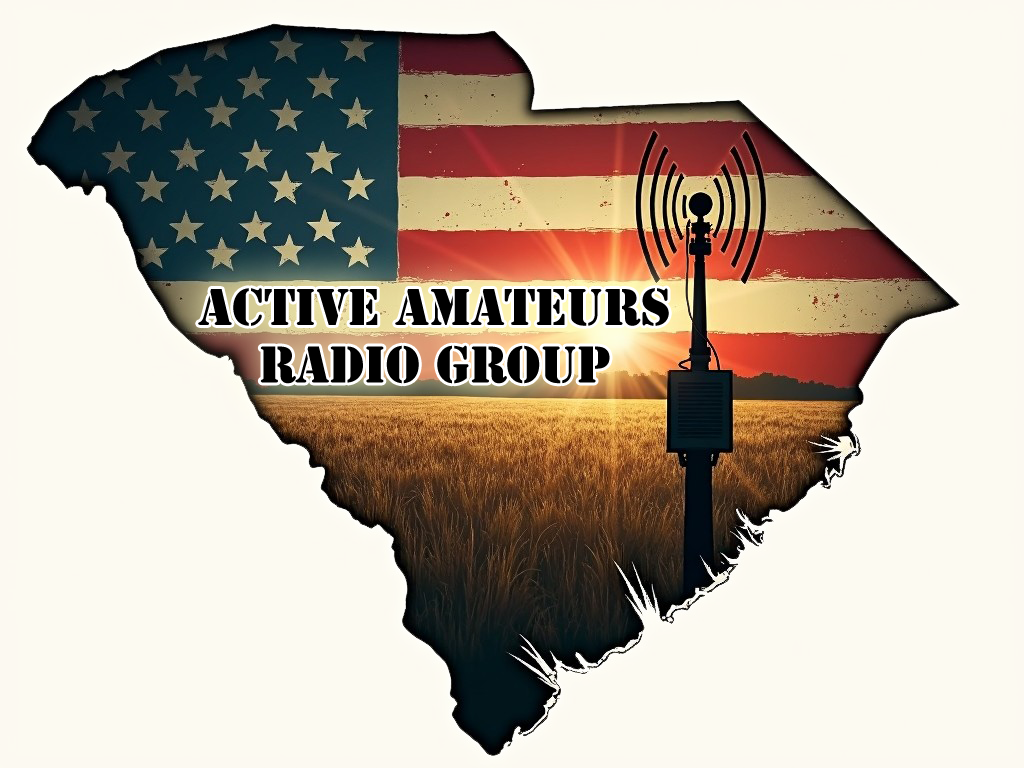The myth of SWR (Standing Wave Ratio) is a topic with many misconceptions in amateur radio and RF engineering circles. Let me explain what SWR really is and address some common myths surrounding it.
SWR is a measurement that indicates how well an antenna system matches the impedance of the transmission line connecting it to a radio. Ideally, you want a perfect match (1:1 SWR) to maximize power transfer to the antenna and minimize reflected power.
Some common myths about SWR include:
-
"Low SWR means your antenna is radiating efficiently" - This is perhaps the biggest myth. SWR only measures the impedance match between your transmitter and antenna system, not how well the antenna actually radiates RF energy. You can have a perfect 1:1 SWR with an antenna that's a terrible radiator (like a dummy load, which converts all energy to heat).
-
"High SWR will damage your transmitter" - While modern solid-state transmitters do reduce power output with high SWR to protect themselves, moderate SWR (like 2:1 or 3:1) typically causes only minimal power loss in the transmission line. The real issue is reflected power causing voltage standing waves on the line, which can cause losses but rarely damages modern equipment.
-
"SWR must be 1:1 for optimal performance" - In reality, the difference between 1:1 and 2:1 SWR is minimal in terms of actual radiated power. The loss difference is often less than 0.5dB, which is imperceptible in communications.
-
"SWR tuners improve antenna efficiency" - Antenna tuners (more accurately called "transmatch" devices) simply transform impedances to create a match between radio and feedline. They don't make antennas radiate more efficiently; they just make your transmitter "see" a better match.
What matters more than perfect SWR is the actual radiation pattern, radiation efficiency, and total system losses. Many hams chase perfect SWR at the expense of more important antenna characteristics.
-
"An antenna analyzer shows your antenna's true performance" - This is another common misconception. While antenna analyzers provide valuable data about impedance and SWR across frequency ranges, they don't measure actual radiation efficiency or pattern. An analyzer will show a perfect match on a dummy load that radiates nothing.
-
"Feed line loss is proportional to SWR" - The relationship is more complex. While higher SWR does create additional losses in feed lines, the baseline loss of the cable itself (due to its construction, frequency, and length) often dominates the total system loss. On HF bands with good quality coax, moderate SWR often causes negligible additional loss.
-
"SWR bandwidth indicates antenna bandwidth" - Not necessarily. SWR bandwidth only shows the range where impedance matching is within certain parameters, not the operational bandwidth where the antenna maintains its desired radiation pattern or efficiency.
-
"Low SWR means you're getting out well" - This conflates matching with performance. Many compromised antennas can present a good match but perform poorly in actual communications. Conversely, some antennas with moderate SWR can outperform perfectly matched but inefficient designs.
-
"Antenna height doesn't matter if SWR is good" - Height above ground dramatically affects radiation pattern and efficiency, particularly on HF. A perfectly matched antenna installed too low may perform far worse than a slightly mismatched antenna at proper height.
-
"SWR readings at the radio are accurate for the antenna system" - SWR measured at the transmitter end includes the effects of the feed line, which can mask the actual antenna impedance, especially with longer runs of cable that have significant loss.
The reality is that antenna performance involves many factors beyond SWR, including radiation resistance, ground losses, near-field obstructions, height above ground, and radiation pattern. While SWR is a useful diagnostic tool, it's just one parameter in a complex system.
What truly matters is the antenna's ability to radiate RF energy efficiently in the desired direction, which often requires field strength measurements, comparative tests, or modeling software to properly evaluate.
SWR is NOT a reliable indicator of how an antenna performs in terms of actual radiation efficiency and effectiveness.
SWR only tells you about the impedance match between your transmitter and antenna system. It indicates how well the characteristic impedance of your feed line matches the input impedance of your antenna system. This matching is important for:
- Maximizing power transfer from transmitter to feed line
- Minimizing reflected power
- Reducing potential voltage standing waves on the feed line
However, SWR tells you nothing about:
- How efficiently your antenna converts supplied power into radiated RF energy
- Your radiation pattern (directivity)
- Effective radiated power in desired directions
- Receive performance
- Near-field interactions with surroundings
A perfect example is a dummy load, which can present a perfect 1:1 SWR but radiates virtually no signal. Conversely, a slightly mismatched antenna placed high and in the clear might far outperform a perfectly matched but poorly situated antenna.
It's similar to how having perfectly matched audio equipment impedances doesn't guarantee good sound quality - it just means you're efficiently transferring power between components. The actual sound quality depends on many other factors beyond impedance matching.
What really matters for antenna performance is field strength measurements, real-world signal reports, and actual communication results under various conditions. SWR is just one tool in the diagnostic toolkit, not the definitive measure of antenna performance that many operators mistakenly believe it to be.
Glenn - W2ADX

